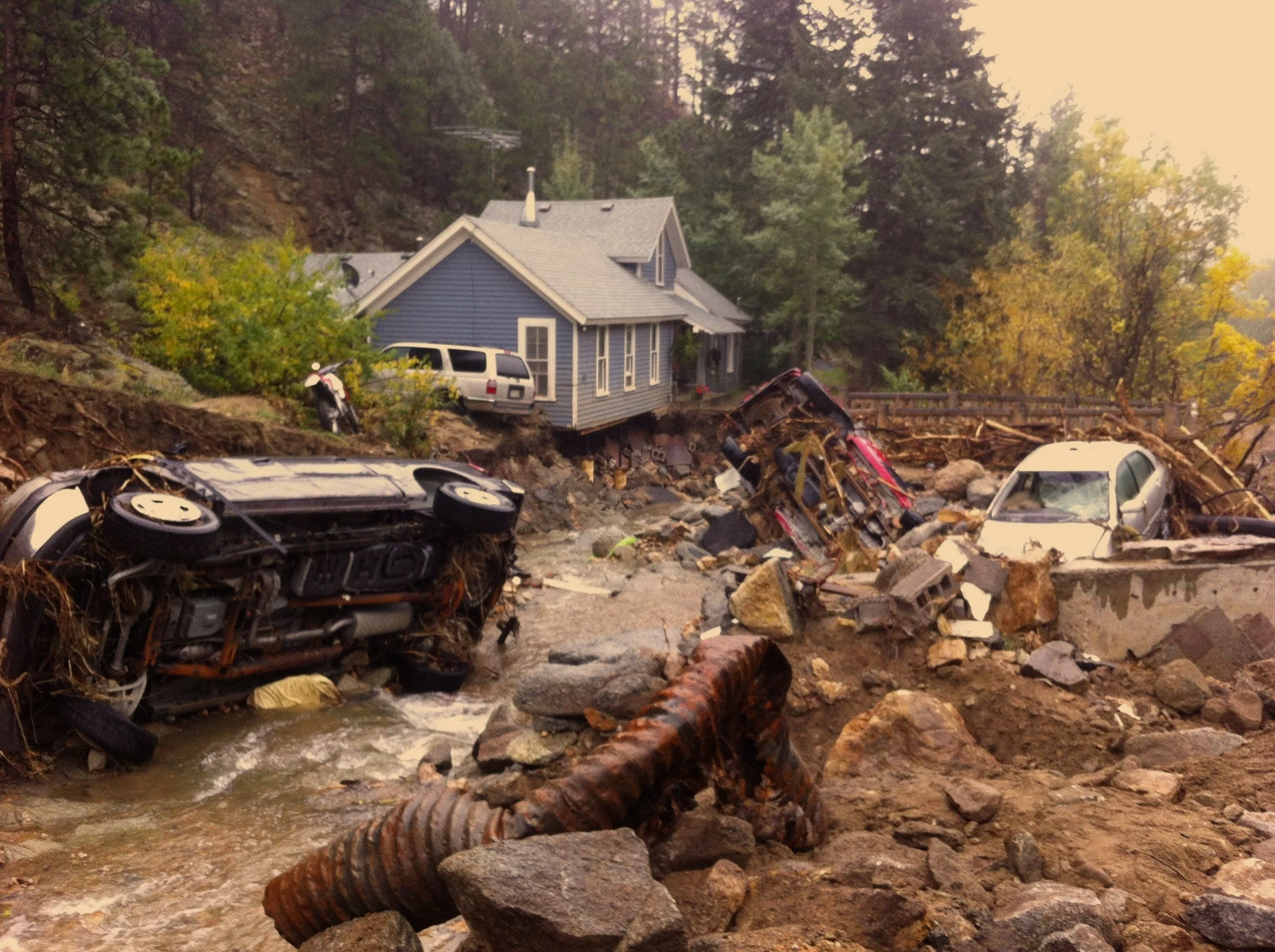
why Resilience?
RESILIENCE IS MORE IMPORTANT THAN EVER
We all exist within a web of interconnected systems. The way these systems function and connect us profoundly influences our experience of the world. How we engage with these systems reflects our ability to be present, cultivate fulfilling lives, adapt to create meaningful change, and positively impact those around us.
Building resilience means understanding the systems at play within and around us. It’s about consciously evolving our ways of being, thinking, and doing to create new possibilities. These shifts provide the flexibility to navigate life’s ever-evolving landscape, empowering us to make choices that benefit ourselves and those around us, regardless of what each moment asks of us.
As individuals, we collectively make up the human system—the foundation of the larger societal and global systems we inhabit. Our emotional, physical, and cognitive selves are both shaped by and contribute to these systems we’ve helped create.
The key is recognizing that we all have the power to change these systems, starting from within.
Each one of us is the author of our world.
The science of resilience
Resilience is the capacity to adapt and thrive in any situation. Whether you're building resilience individually, within an organization, or across society, it never exists in isolation. Strengthening resilience in one area creates a ripple effect, positively impacting all interconnected systems.
I apply a systems-based approach to personal resilience, grounded in science. This unique method has evolved over 20+ years of experience working across personal, ecological, infrastructural, societal, organizational, and even geohydrological levels—both in the U.S. and globally.
This approach is powerful whether we're governing ourselves or engaging with the systems around us. I invite you to explore the concepts and processes that serve as the foundation of my work.
Systems Resilience is the ability of a system to resist, adapt, absorb, and recover from disturbances or unexpected events while maintaining its core functions and structure. A resilient system can withstand and recover from a range of stressors and impacts—such as natural disasters, economic downturns, social injustice, personal losses, or the everyday challenges we face—without collapsing or experiencing significant disruptions. This concept originates from the field of ecology, where interconnected systems work dynamically to thrive, no matter what challenges they face.
Our society, for example, is like a biological ecosystem–made up of interdependent components, subsystems, and feedback loops that adapt and change in relation to each other over time. Overall success is dependent on the adaptation and evolution of these smaller subsystems, which connect directly to each of us as members of society.
Resilient societies rely on resilient people. When we cultivate our own resilience, we not only live more aligned, empowered, and fulfilling lives—we also contribute generatively to the world around us.
Personal resilience is our ability to sense, integrate, and relate to ourselves and the world around us in beneficial ways. It exists in our Personal Ecosystem—a dynamic interplay of our history, emotional core, and recurring thoughts and actions. Our inner workings function as a system of interdependent parts, intricately woven together to shape our unique, complex life experience.
Building systems-based personal resilience is a holistic, science-backed approach to sensing, understanding, and adapting. It nurtures our capacity to navigate everyday challenges and unexpected impacts, empowering us to thrive amid change. By deepening our understanding of the systems within and around us, we can fully collaborate with the world, embrace our authentic selves, and flourish in uncertainty.
By practicing resilience, we have the power to transform our lives, elevate the systems around us, and create meaningful change in the world.
Resilience in people
Our unique Personal Ecosystem determines how we interact with both ourselves and the world around us. It is composed of our thoughts, feelings, behaviors, and both conscious and unconscious beliefs. It influences how we form relationships, where and how we work, what we choose for play, and the communities we are a part of. At the heart of our Personal Ecosystem is the nervous system—a network of stored memories and neural pathways that guide our behavior. This is where resilience resides.
The things we think and do regularly over time carve grooves in our neural pathways, gradually increasing the speed at which our neurons fire along those paths, making those behaviors more deeply ingrained. While these well-worn pathways can support productive behaviors, they can also entrench unhelpful patterns. These patterns limit our neuroplasticity, creating barriers to change.
When we operate in counterproductive ways, our system becomes more vulnerable, particularly during times of disruption. This fragility amplifies the effects of any stress or impact we experience. The most vulnerable parts of us suffer the harshest consequences, while the rest of our system works to restore balance and protect those parts from further harm.
Is change possible? Absolutely. While it’s easier to create change during youth—since neural pathways form rapidly starting from gestation, with peak development in early childhood and continuing through our twenties—the brain retains the ability to form new pathways throughout our lives. Although this process requires more intention as we age, the wisdom gained through experience can make our capacity for change even more powerful.
By developing new pathways that put us in sync with our innate strengths, we can bring our Personal Ecosystem into alignment with our core self, catalyzing positive transformations in our behaviors.
building personal resilience
Building Personal Resilience enables us to create new, more favorable pathways. Through a combination of thought-expanding tools and somatic practices (body-centered techniques), we can interrupt deeply ingrained, unhelpful neural patterns and pave the way for healthier, more constructive pathways. This shift from outdated, limiting behaviors to new, beneficial ones leads to real, tangible resilience in our everyday lives, enabling us to navigate life with greater ease and fulfillment.
Somatic tools help calm and regulate our nervous system, enabling us to break free from automatic, activated (or triggered) emotional responses. This process moves us from reactive to aware, where we can truly connect with our deepest selves. From this softer, more genuine place, we introduce new, intentional pathways through mind-expanding practices like awareness and sense-making techniques, pattern interrupters, and story-shifting tools.
This work has changed my life. I’ve been able to shift from a historic response of reactivity and defensiveness when feeling threatened or challenged to a grounded place of listening with curiosity. This has transformed my relationships with myself and others—bringing me into greater internal alignment and empowering me with choice - the ultimate freedom. When our ingrained, unhelpful neural pathways no longer drive us, we gain the power to choose how we show up in the world.
By supporting new neural movement and integrating somatic practices, we begin to access new, beneficial pathways more naturally. Through consistent practice, we reinforce these pathways, strengthening and sustaining our resilience.
When we are personally resilient, we gain the ability to adapt and relate to the circumstances around us. We have the capacity to maintain balance in our lives and align with our true needs and desire, allowing us to act with clarity and aliveness. This propels us forward into the future we seek.
The 7 qualities of resilient People
| Integrity |
You understand your personal ecosystem and embody authenticity, transparency, and equity in your interactions with yourself and others.
| Adaptability |
You are capable of sensing complex influences, being flexible, and pivoting constructively in changing circumstances.
| Resourced |
You are supported and have access to the resources you need.
| Discovery |
You are able to learn, turn learning into action, and innovate.
| Collaboration |
You engage with the world in ways that are generative, complementary, and enriching.
| Diversity |
You are diverse in your thinking and have a range of options to achieve your goals and meet your needs.
| Fail forward |
You are equipped to navigate and grow through day-to-day challenges and are set up to evolve constructively in the face of larger disruptions.
Resilience in society
Everything is connected. A resilient society functions much like a resilient person, sharing core characteristics and the same types of interdependencies among its parts. It operates on a much larger scale with added complexity—including interconnected individuals and organizations, legal and cultural norms, institutions, communication and transportation flows, and infrastructure.
Just as personal resilience arises from our ability to understand and adapt our Personal Ecosystems, societal resilience is built by understanding and adapting the interactions among its people, processes, and structures. Every individual's capacity to sense, adapt, and engage creates ripple effects on the entire system. When we nurture our personal resilience, we not only empower ourselves but also contribute to the resilience of our broader societal ecosystem. In this way, the journey toward personal resilience lays the foundation for building a resilient society—one where everyone can thrive amid change and disruption.
The 7 Qualities of resilienT societies & organizations
| Robust Systems |
Systems and people are interconnected—they share resources and information, are designed to function in complementary ways, and provide mutual support.
| Equitable |
Resources are accessible for all and power dynamics are equitable.
| Diverse |
Functions can be delivered in multiple ways and people have a range of options to achieve their goals and meet their needs. Diverse peoples, with their unique backgrounds and perspectives, bring varied solutions, fostering innovation and adaptability.
| Transparent |
Processes and communication are transparent.
| Adaptive |
The whole system and its parts have the ability to adjust and thrive in response to changing circumstances regardless of the complexity.
| Knowledge + Integration |
Groups and individuals are able to learn and integrate that learning now and in the future.
| Fail Forward |
Interdependent parts, subsystems, and the overall system have the capacity to withstand regular impacts and evolve constructively in the event of a larger disruption, regardless of the severity.







